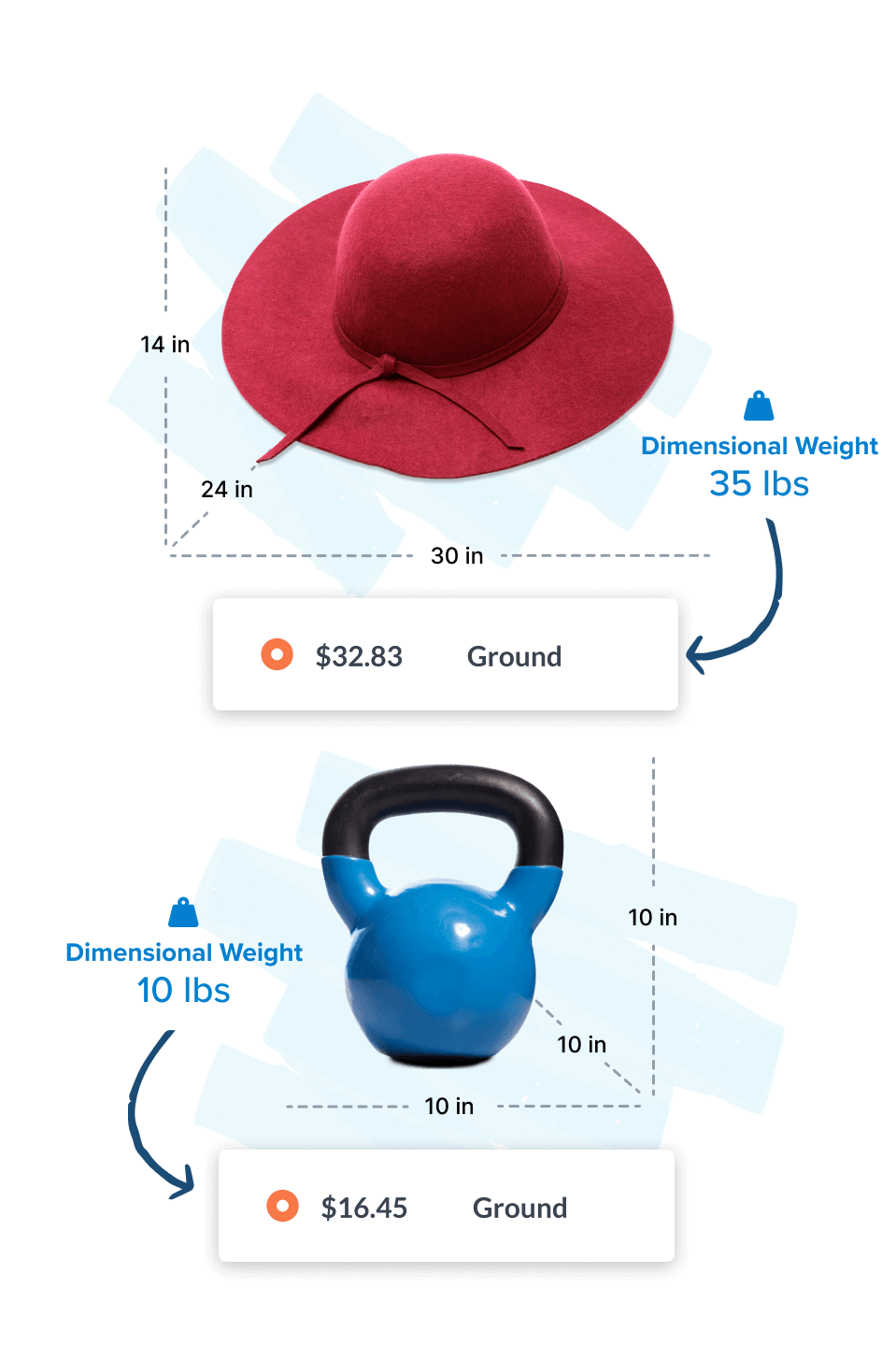When you’re running an online business, shipping is one of the most important aspects of your operations. Yet, accurately estimating shipping costs is easier said than done. Did you know that 48% of shoppers abandon their carts due to unexpectedly high shipping costs? That’s nearly half of your potential customers gone.
In this blog, we’ll explore five common challenges in estimating shipping costs and how you can overcome them to maximize profits and keep your customers happy.
1. The Complexity of Multiple Shipping Carriers
The Challenge: Shipping carriers like UPS, FedEx, USPS, and DHL each have unique pricing models. Some rely on flat rates, while others calculate costs based on distance, weight, or dimensions. With so many variables, figuring out the best rates for your business can feel like solving a puzzle.
The Impact: Without clarity, you risk providing incorrect rates, leading to lost revenue or unhappy customers.
The Solution: Think of choosing the right carrier like selecting the perfect phone plan— you need to match your needs with the carrier’s strengths. Use shipping rate management tools that integrate with multiple carriers and provide real-time rate calculations at checkout that ensure accuracy and transparency.
2. Accounting for Dimensional Weight (DIM) Pricing
The Challenge: Dimensional weight, or DIM pricing, is a common pricing method carriers use to account for the space a package occupies. Many merchants underestimate this factor, especially for lightweight but bulky items.
The Impact: Failing to account for DIM weight can inflate your shipping costs by 20-30%. For instance, shipping a lightweight box that’s oversized can cost you more than expected.
The Solution: Educate your team on how DIM weight works. Carriers calculate it by multiplying the package’s dimensions (length, width, height) and dividing it by a DIM divisor (often 139 for domestic shipments). To avoid surprises, use shipping software like ShipperHQ that automatically factors DIM weight into shipping cost estimates.
3. Handling International Shipping Costs
The Challenge: Cross-border shipping introduces complexities like duties, taxes, and customs fees. Each country has different rules, and failing to calculate these costs accurately can frustrate your customers or hurt your margins.
The Impact: Customers hate unexpected fees. Imagine their frustration when they’re hit with surprise costs upon delivery—it can lead to returns, bad reviews, or worse, cart abandonment.
The Solution: Leverage automated international shipping solutions that calculate duties and taxes upfront giving customers transparency while protecting your margins.
4. Seasonal Shipping Fluctuations
The Challenge: Shipping rates often spike during peak seasons like Black Friday, Cyber Monday, and the holidays. Estimating costs during these times can be unpredictable, especially if you’re not prepared for last-minute surcharges or delays.
The Impact: Unplanned costs during peak seasons can chip away at your profits, and delays can hurt your reputation with customers.
The Solution: Use predictive analytics tools to study shipping trends and prepare for peak season surcharges. Planning ahead, negotiating seasonal rates with carriers, or adjusting your pricing strategy can help you navigate these fluctuations smoothly.
5. Managing Return Shipping Costs
The Challenge: Returns are an inevitable part of eCommerce, but estimating return shipping costs can be tricky. Customers often return items for reasons beyond your control, such as size or color mismatches.
The Impact: High return rates can strain your operations and eat into your margins. Offering free returns without accounting for the costs might seem customer-friendly but can hurt your bottom line.
The Solution: Develop a clear and transparent return policy and display it prominently on product pages. Offering prepaid return options at checkout can streamline the process, but be sure to calculate these costs upfront.
Wrapping Up: Mastering Shipping Cost Estimation
By now, it’s clear that estimating shipping costs involves many variables. The good news is that eCommerce shipping software like ShipperHQ simplifies these calculations for you. Whether it’s managing DIM weight, handling international shipping, or preparing for seasonal fluctuations, technology is your best ally.
Ready to simplify your shipping process? Start your 15-day free trial of ShipperHQ and take the guesswork out of estimating shipping costs.
Estimate Shipping Cost FAQs
1. What factors affect the cost of shipping the most?
The main factors in estimating shipping costs are:
- Package dimensions
- Weight
- Shipping distance
- Delivery speed
- Carrier pricing models
2. How can I calculate international shipping costs?
To calculate international shipping costs accurately, consider customs duties, taxes, and fees. Use shipping tools that integrate with global carriers and provide total landed cost estimates.
3. What is DIM weight, and why is it important?
Dimensional weight (DIM weight) is a pricing model based on the size of a package rather than its actual weight. It ensures that transportation charges large, lightweight packages fairly for the space they occupy.
4. How can I reduce seasonal shipping cost spikes?
Plan ahead by negotiating rates with carriers and using predictive analytics tools. Offering flexible shipping options during peak seasons can also help maintain customer satisfaction without compromising profits.








